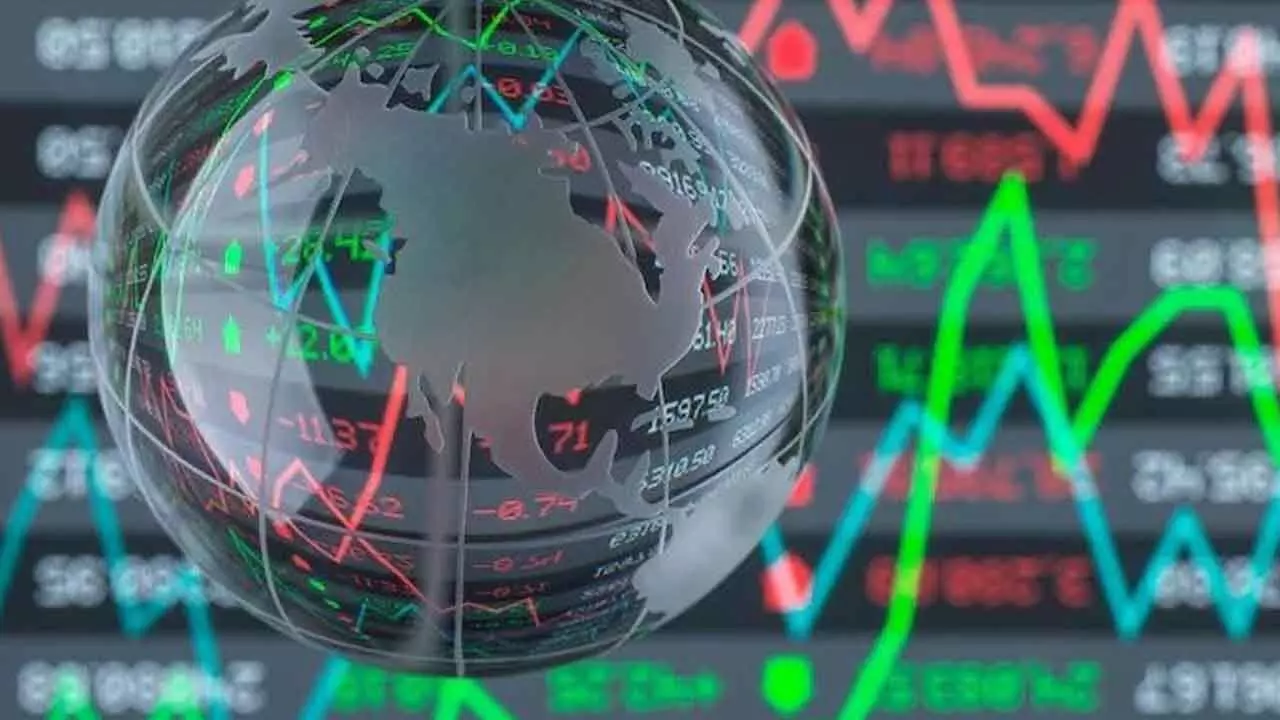All Countries Should Together Elevate Global Trade Governance
Developing economies account for about 45% of global GDP, up from 25% in 2000
All Countries Should Together Elevate Global Trade Governance

An increase of one percentage point in the GDP growth of the three largest developing economies—China, India, and Brazil—tends to result in a cumulative GDP boost of nearly two per cent in other developing economies after three years
Developing economies—which fuel 60 per cent of global growth—are projected to finish the first quarter of the 21st century with the weakest long-term growth outlook since 2000, according to the World Bank’s latest Global Economic Prospects report. Even as the global economy stabilises in the next two years, developing economies are expected to make slower progress in catching up with the income levels of advanced economies.
The global economy is projected to expand by 2.7 per cent in both 2025 and 2026, the same pace as in 2024, as inflation and interest rates decline gradually. Growth in developing economies is also expected to hold steady at about four per cent over the next two years. This, however, would be a weaker performance than before the pandemic—and insufficient to foster the progress necessary to alleviate poverty and achieve wider development goals.
The World Bank’s analysis is its first systematic assessment of the performance of developing economies in the first quarter of the 21st century. It finds that, during the first decade, developing economies grew at the fastest level since the 1970s. Yet progress ebbed after the Global Financial Crisis of 2008-09. Global economic integration faltered: as a share of GDP, foreign direct investment (FDI) inflows into developing economies are at about half the level of the early 2000s. New global trade restrictions in 2024 were five times the 2010-19 average. As a result, overall economic growth dropped—from 5.9 per cent in the 2000s to 5.1 per cent in the 2010s to 3.5 per cent in the 2020s. Since 2014, except for China and India, the average per capita growth rates of income in developing economies have been half a percentage point lower than that in wealthy economies, thereby widening the rich-poor gap.
“The next 25 years will be a tougher slog for developing economies than the last 25 years,” said Indermit Gill, the World Bank Group’s Chief Economist and Senior Vice-President for Development Economics.
“Most of the forces that once aided their rise have dissipated. In their place have come daunting headwinds: high debt burdens, weak investment and productivity growth, and the rising costs of climate change. In the coming years, developing economies will need a new playbook that emphasizes domestic reforms to quicken private investment, deepen trade relations, and promote more efficient use of capital, talent and energy.”
Developing economies are more important for the global economy than they were at the start of the century. They account for about 45 per cent of global GDP, up from 25 per cent in 2000. Their interdependence has grown more than 40 per cent of their goods exports go to other developing economies, double the share in 2000. Developing economies have also become an important source of global capital flows, remittances, and development assistance to other developing economies: between 2019 and 2023, they accounted for 40% of global remittances—up from 30% in the first decade of the century.
As a result, these economies now have greater sway in growth and development outcomes in other developing economies. For example, an increase of one percentage point in the GDP growth of the three largest developing economies—China, India, and Brazil—tends to result in a cumulative GDP boost of nearly two per cent in other developing economies after three years. Those effects, however, are only about half the effect of growth in the three biggest economies: the United States, the euro area, and Japan. The welfare of developing economies, in short, is still strongly tied to growth in the big three advanced economies.
“In a world shaped by policy uncertainty and trade tensions, developing economies will need bold and far-reaching policies to seize untapped opportunities for cross-border cooperation,” said M. Ayhan Kose, the World Bank’s Deputy Chief Economist and Director of the Prospects Group. “A good start would be to pursue strategic trade and investment partnerships with the rapidly expanding markets of other developing nations. Modernizing transportation infrastructure and standardizing customs processes are critical steps to cut unnecessary expenses and foster greater trade efficiency. Finally, sound macroeconomic policies at home will fortify their capacity to navigate the uncertainties of the global outlook."

